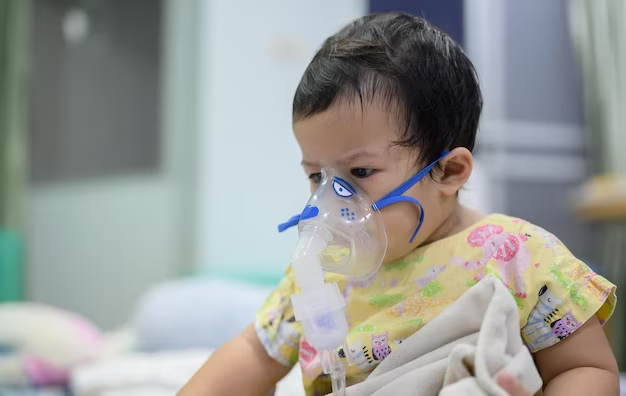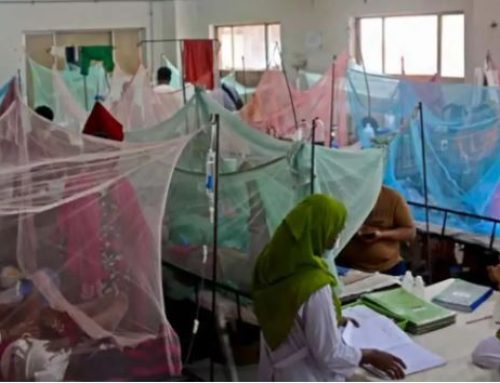Project Description
Author: Khan et al.
Summary:
The mosquito-borne arboviral disease dengue has become a global public health concern. However, very few studies have reported atypical clinical features of dengue among children. Because an understanding of various spectrums of presentation of dengue is necessary for timely diagnosis and management, we aimed to document the typical and atypical clinical features along with predictors of severity among children with dengue during the largest outbreak in Bangladesh in 2019.
We conducted a cross-sectional study between August 15 and September 30, 2019. in eight tertiary level hospitals in Dhaka city. Children (aged < 15 years) with serologically confirmed dengue were conveniently selected for data collection through a structured questionnaire. Descriptive, inferential statistics, and multivariable logistic regression were used to analyze data.
Among the 190 children (mean age 8.8 years, and male-female ratio 1.22:1) included in the analysis, respectively 71.1 and 28.9% children had non-severe and severe dengue. All children had fever with an average temperature of 103.3 ± 1.2 F (SD). Gastrointestinal symptoms were the most common associated feature, including mostly vomiting (80.4%), decreased appetite (79.5%), constipation (72.7%), and abdominal pain (64.9%). Mouth sore, a less reported feature besides constipation, was present in 28.3% of children. Atypical clinical features were mostly neurological, with confusion (21.3%) being the predominant symptom. Frequent laboratory abnormalities were thrombocytopenia (87.2%), leucopenia (40.4%), and increased hematocrit (13.4%). Age (AOR 0.86, 95%CI 0.75–0.98, p = 0.023), mouth sore (AOR 2.69, 95%CI 1.06–6.96, p = 0.038) and a decreased platelet count (< 50,000/mm3) with increased hematocrit (> 20%) (AOR 4.94, 95%CI 1.48–17.31, p = 0.01) were significant predictors of severity.
Dengue in children was characterized by a high severity, predominance of gastrointestinal symptoms, and atypical neurological presentations. Younger age, mouth sores, and a decreased platelet with increased hematocrit were significant predictors of severity. Our findings would contribute to the clinical management of dengue in children.
Status: Completed and published
Full text link: https://bmcpediatr.biomedcentral.com/articles/10.1186/s12887-021-02947-y
Keywords: Dengue, Dengue fever, Clinical spectrum, Severity of dengue, Pediatric case, Children, Dengue outbreak 2019, Bangladesh



